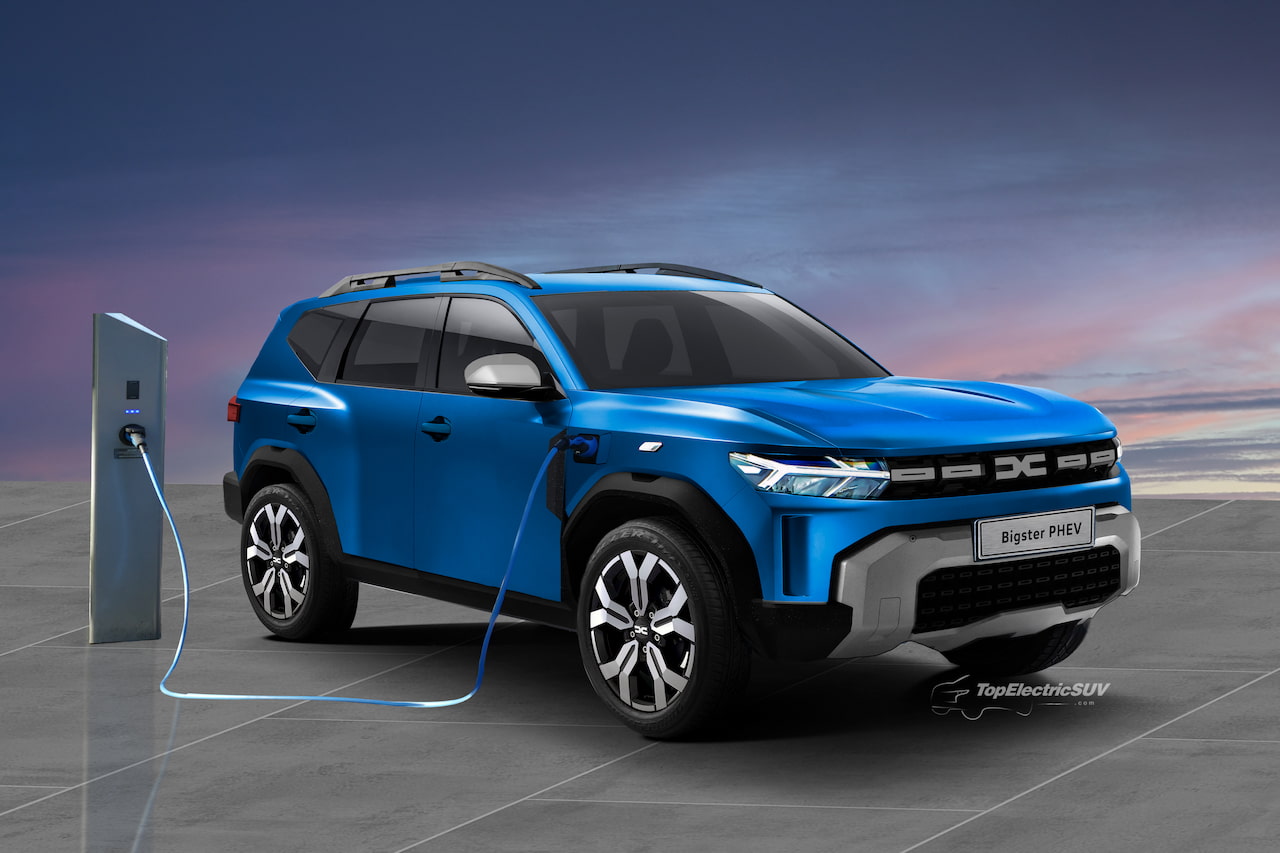Update: ‘Dacia Bigster Price & Release Date’ section updated.
As part of the Renaulution strategy, group company Dacia unveiled a 5-year business plan in January 2021 which included the announcement of the Dacia Bigster concept – a C-segment SUV which will see the budget-conscious brand sell its most expensive product to date.
The next few years for the French group will see it focus on the Dacia business unit, with the brand announcing that the Alliance’s (Renault-Nissan-Mitsubishi) CMF-B platform will be fully leveraged for upcoming products. The CMF-B platform will also give these products the versatility of featuring alternative and hybrid engines, Dacia confirmed, while acknowledging future regulations will be met via this route.
Design
The Dacia Bigster Concept is described by the company as being a ‘roomy, robust’ SUV meant for ‘open-air and dusty roads.’ Dacia confirms that the SUV measures 4.6 meters in length, which puts it in the ballpark of the world’s best-selling C-segment SUVs. However, given the brand’s heritage of adhering to a strict cost sheet, the production Dacia Bigster will be ‘accessible, at the cost of a vehicle from the segment below,’ the company had said in January 2021.
The third-gen Duster has a great road presence, thanks to a more intense front fascia and a masculine body. The bigger dimensions of the Bigster should make it an even more captivating sight, especially on European streets. Notably, the latest Duster features a steeply raked D-pillar, while the Bigster will take on an upright D-pillar design, aiming to maximize cargo space and practicality. The DRLs are unique, and appear to be parallel tube-like elements stretching across the upper fascia.
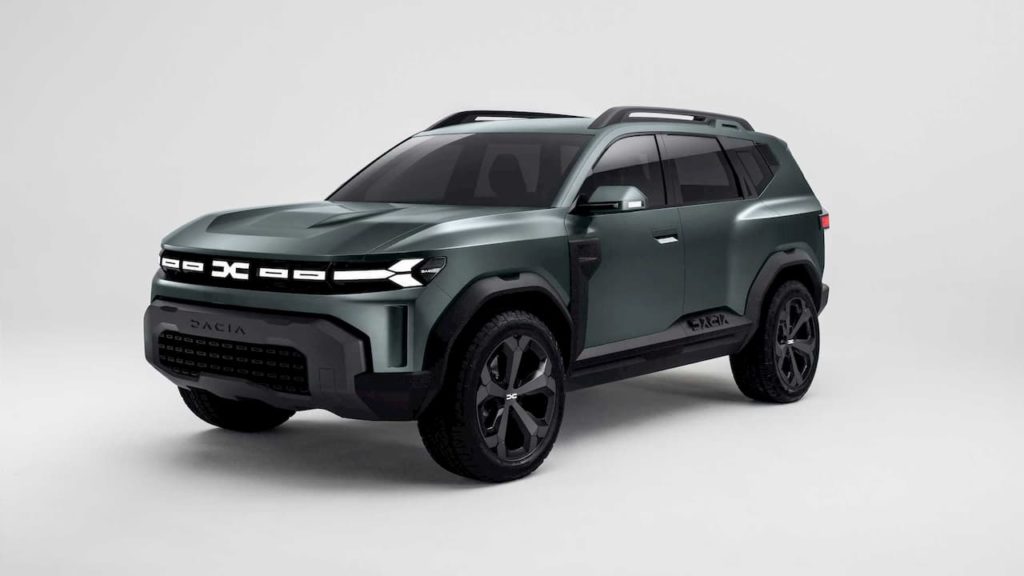
Around 90 percent of the concept likely to be preserved
Autofacil.es‘ report from May 2021 is another indication that the production Dacia Bigster (codename: Dacia R1310) won’t look very different from the concept version. Expect only tweaks to the bumper, fenders, rocker panels, quarter glass panels, hood, and mirrors.
In March 2022, Mihai Bordeanu, Dacia’s Managing Director for South Eastern Europe markets and Country Head for Romania, strengthened the speculation about the production Bigster drawn from its leaked patent pictures. The production Bigster will be “very, very close” to the Bigster concept, and while that’s often not the case, “this time it is a commitment,” Bordeanu said. The company official revealed that the production version won’t feature the concept’s illuminated grille.
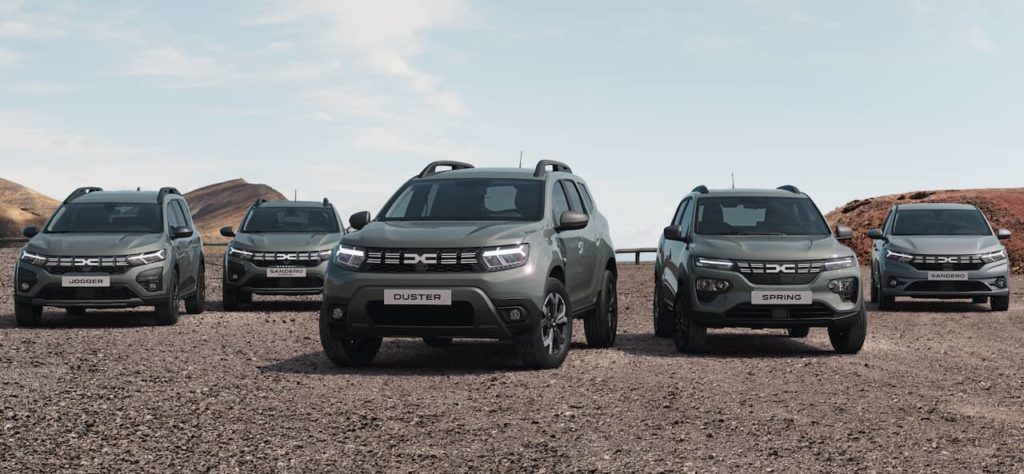
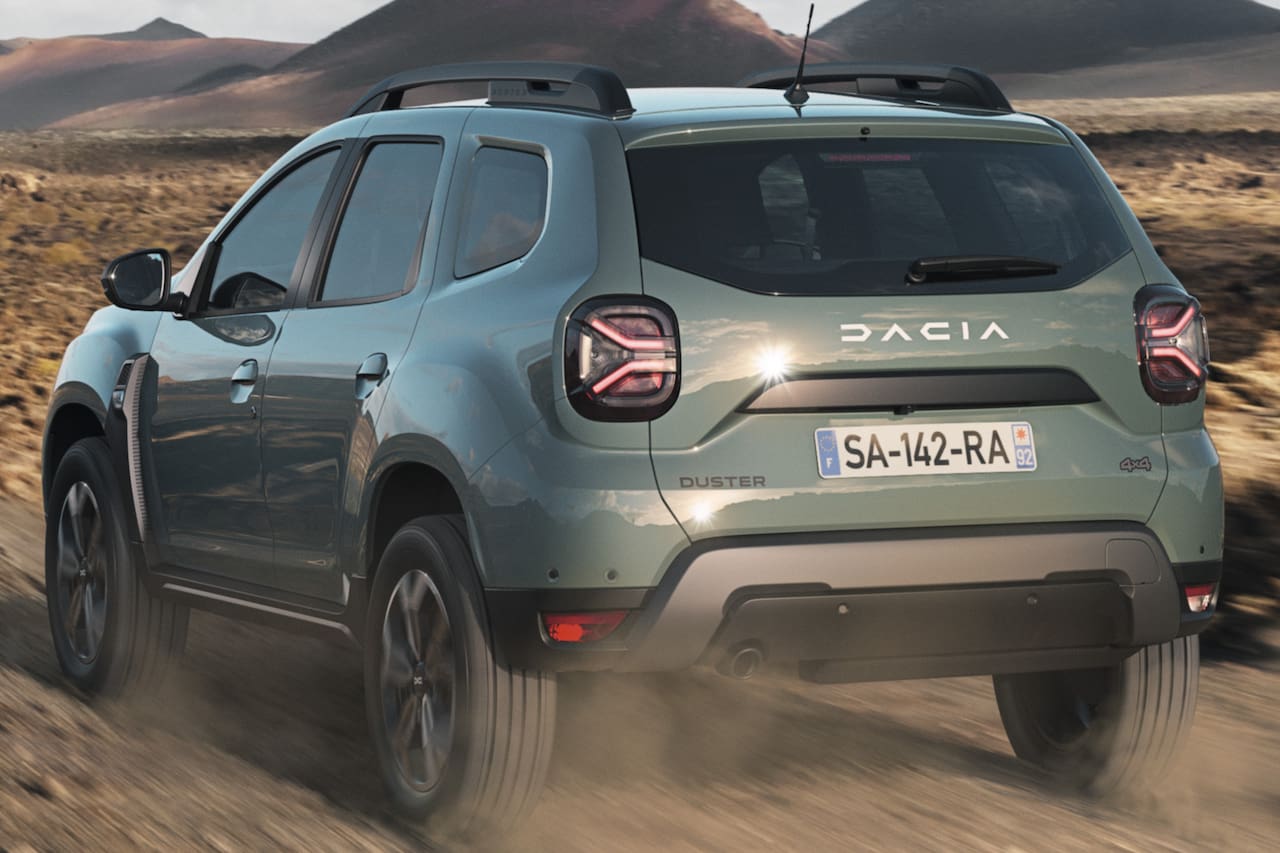
Dacia has adopted some design features from the Bigster concept car in current production models. The grille inserts on all its models are now white, and between them is a new, minimalist logo made up of interlocking ‘D’ and ‘C’ letters. The center of each hub cap also features the new brand emblem. The Bigster features the brand in block letters on the rear and steering wheel, a visual change that the company has incorporated in its current models.
Future Dacia models should look more stylish and less utilitarian. David Durand, Dacia’s new Vice President of Design, should lift Dacia to a new level of automotive design, starting with the production Bigster and the third-gen Duster SUVs. Durand contributed to the Bigster concept as well, in 2020, the year Dacia had appointed him the brand’s exterior design director.
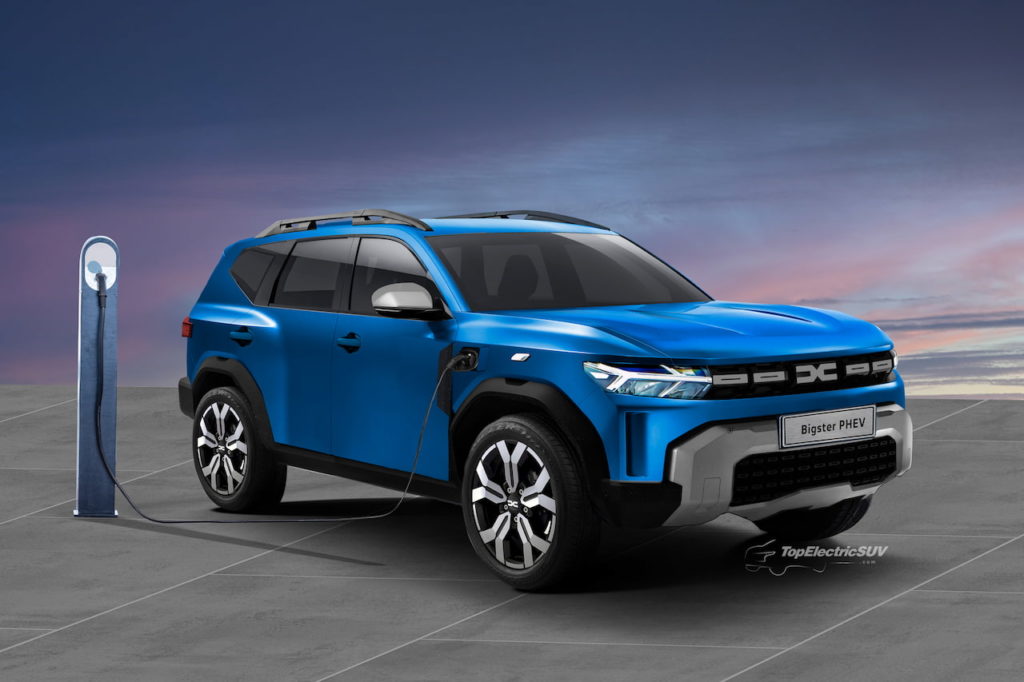
Differentiation from the Duster
Denis Le Vot, EVP and CEO, Dacia, has indicated that there will be significant differentiation between the Bigster and the third-gen Duster, as per a report from AutoExpert. The Duster is a rough and tough SUV optionally available in a 4×4 version. The Bigster will be an SUV meant for long journeys, a model that focuses on comfort and touring, not off-roading.
Interior
The Dacia Bigster should adopt the modern-tough theme of its exterior on the inside. We think it will feature a high, vertical, and large dashboard with edgy surfaces, a concaved section with “Bigster” branding on the passenger side, and octagonal AC vents with Y-shaped inserts.
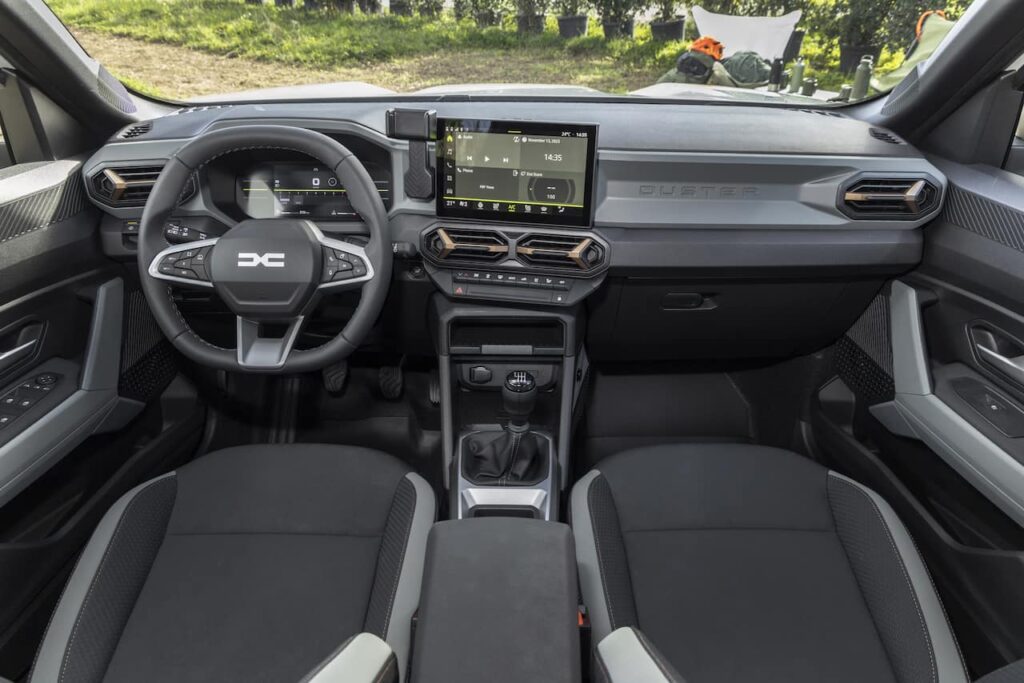
The infotainment system and the climate control panel will likely be tilted (possibly 10º) toward the driver for better visibility and easier access. The steering wheel should have flattened top and bottom surfaces so that it’s compact and easier to grip and a small and sleek center pad for a stylish look. The steering wheel and climate control panel both will likely have regular, push buttons, not touch-operated buttons.
Dacia promises a ‘very spacious’ interior with generous outside dimensions and focuses on the design’s ‘genuineness.’ We expect the main attraction from the interior to be an additional row of rear seats. Dacia may offer the Bigster in five- and seven-seat versions, although some markets may get the latter as standard. The cargo area will likely be wide and high and have a low load floor.
Features
The Dacia Bigster will likely come with plenty of comfort and convenience features, all thoughtfully curated for maximum function and value. A 7-inch digital instrument cluster will likely display the important driving information in front of the steering wheel.
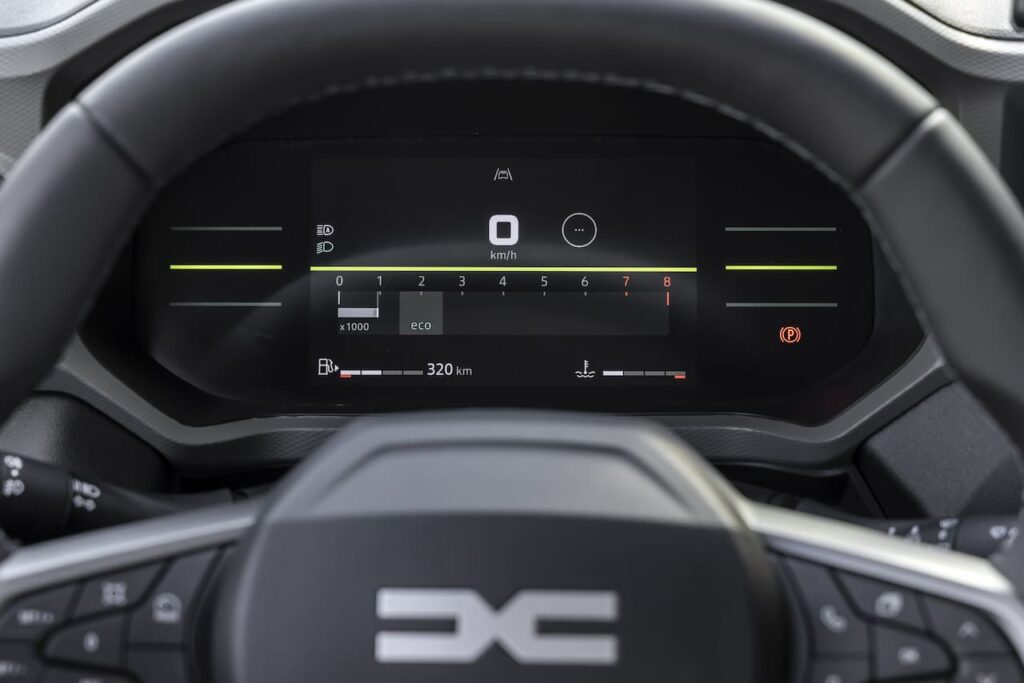
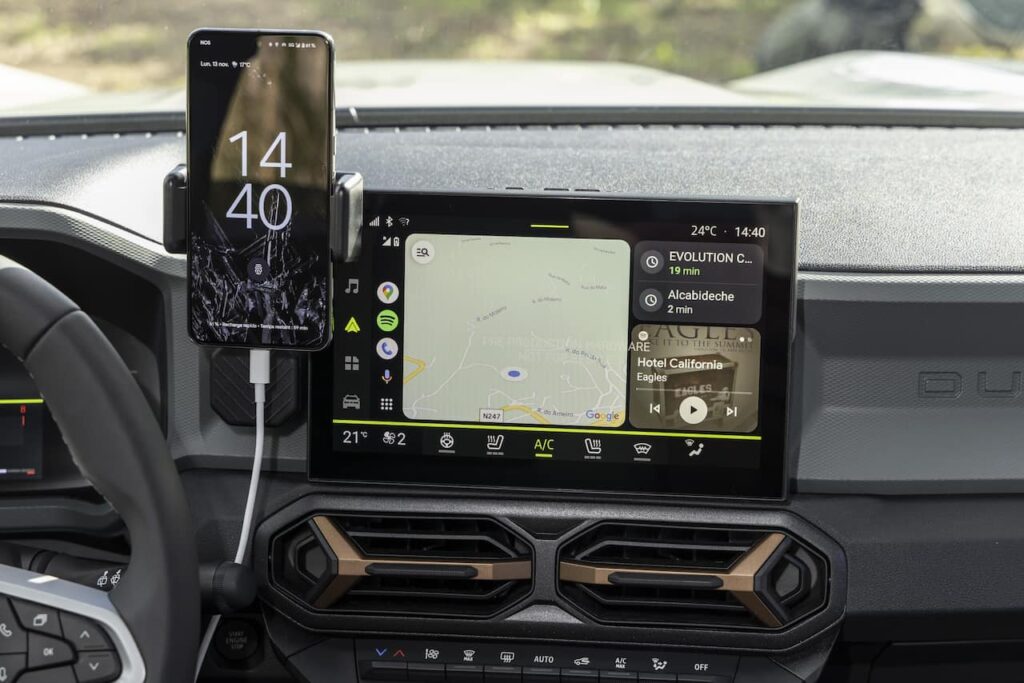
The infotainment system should come with a 10.1-inch free-standing touchscreen, wireless Apple CarPlay and wireless Android Auto integration, and OTA software update support. It will likely display off-road driving information, including lateral tilt, uphill and downhill pitch, and torque distribution (in 4WD configurations). A smartphone holder will likely be located right beside the touchscreen.
No unnecessary kit
Affordable pricing is in the DNA of Dacia, and though the Bigster will be its flagship, the company would ensure that it doesn’t over-equip the vehicle and stray from its ethos. Le Vot says that the company is able to provide exceptional value by seeing to it that Dacias offer everything but aren’t “superfluous,” as per a report from Autocar. For example, air conditioning is essential, but electric seats with multiple adjustments could seem unnecessary to most Dacia customers, he explained.
Dacia has data backing up its decision to not blindly add new features just because they have become a trend in the auto industry. The company surveyed 2,000 UK drivers in September 2021 and found that 76% of them think too much technology in a vehicle is a distraction. 78% of the respondents do not want unnecessary technology in their cars. 61% would rather pay less and buy a car with only the technology they actually use.
According to Dacia’s study, on average, drivers use approximately 40% of their cars’ tech features. Most drivers rarely use advanced equipment such as in-car WiFi and automatic parking. They do want basic features like parking sensors, satellite navigation, and DAB radio at any cost, though.
Sustainability
Dacia isn’t moving to zero-emission powertrains for its SUVs anytime soon, but it is taking other measures to save the environment. For example, the company has stopped using chrome and animal-origin leather and started using recycled plastic. Dacia may use washable MicroCloud upholstery and rubber mats for more durability in the Bigster. Up to approximately 20% of the SUV’s plastic could be recycled.
Optional modular roof storage system
Dacia Design Director David Durand, told Autocar at the Paris Motor Show 2022, that the company was developing accessories and even a modular roof storage system for the third-gen Duster. That said, it wouldn’t be far-fetched to spot the same features in the Bigster, at least eventually if not right at launch.
Dacia could also choose to roll out an off-road style variant of the Bigster in due course. If this were to come to fruition, a handy roof storage system could be of great use for those going on long camping trips or even overnight excursions. The large size of the SUV means that there would be a decent amount of space for owners to carry bikes or hiking/trekking gear. As of now, these are just speculations.
Specifications
Dimensions
Worldscoop forum member De_passage may have inside information of the Bigster. De_passage says that the Bigster will be 213 mm longer than the all-new Duster. 45 mm of that extended length will come from a longer wheelbase. The front overhang of the SUVs will measure the same, but the Bigster will have a noticeably longer rear overhang. Much of the third-row space should come from the rear overhang, suggests the forum post.
Hybrid Powertrain
Renault Group has suggested that thanks to the CMF-B platform, it is possible to offer the Bigster and other future Dacia models with its E-Tech Hybrid powertrain technology.
Dacia (and) Lada are moving on the CMF-B platform for the next-gen Duster or the Bigster that we also announced. That is also to say that when Dacia or Lada will need technology, for example, for the E-Tech, the hybrid, we will be able to transfer the technology very easily to those ones.
Gilles Le Borgne, EVP – Engineering, Renault Group (Renault eWays ElectroPop)
Renault Group is working on a bigger version of the HR16 1.6-liter E-Tech engine, and it will offer the new electrified engine in the Dacia Bigster, as per a report from L’argus. Internally called ‘HR18,’ it will have a displacement of 1.8-liters. The HR18 will run on the Atkinson cycle for low fuel consumption.
The 1.8-liter E-Tech engine will be available in self-charging hybrid and rechargeable/plug-in hybrid variants. The Dacia Bigster will get it in 2025, L’Argus adds. The speculation is now strengthened, as in an interview with AutoExpert in October 2021, Le Vot revealed that Dacia is considering a Bigster plug-in hybrid. Expect the traction battery pack of the plug-in hybrid system to offer an EV range of around 30 miles in the real world.
Not a 5-star Euro NCAP model in the making
Dacia Jogger product manager Andreea Guinea had told Autocar that while Dacia is all for increasing passenger safety, it’s not chasing Euro NCAP stars. Securing a 5-star Euro NCAP rating means including advanced electronics, sensors, and cameras in the car, which can jack up the prices to where the brand loses what it stands for – affordability. The third-gen Sandero recorded a poor 2-star safety rating in the Euro NCAP crash test, and while the pricier Dacia Bigster could be safer, we don’t expect a 5-star rating.
Despite Dacia’s hesitation, it may offer some ADAS features in the Bigster. Due to the EU’s new safety regulations that came into effect on July 6, 2022, and will apply to all new vehicles from July 7, 2024, it will need to equip the SUV with many sensors it would have otherwise avoided.
Emergency lane-keeping assistance, intelligent speed assistance, and driver attention monitoring will become mandatory in the new safety regulations. Dacia will offer Adaptive Cruise Control (ACC) in its next-gen models, Autocar said in a report citing Le Vot on October 18, 2022. The Bigster will likely be the brand’s first model featuring ACC.
Price & Release Date
Announcing its financial results for calendar year 2023 on February 14, 2024, Renault Group confirmed that it will unveil the Dacia Bigster at the end of 2024. The new three-row SUV should have unbeatable pricing and start reaching European showrooms in early 2025.
Compared to the U.S., Europe offers fewer options for non-rechargeable full hybrid EVs (HEVs). In France, premium alternatives to the Dacia Bigster Hybrid should include the Hyundai Tucson Hybrid, Kia Sportage Hybrid, and Renault Austral. These SUVs have starting prices of EUR 39,050, EUR 39,690, and EUR 44,400, respectively. Thomas Dubruel, the Commercial Director of Dacia’s French subsidiary, mentioned in an interview with Caradisiac that Dacia maintains its strategy of pricing cars 15-20% lower than competitors, which will continue with future launches.
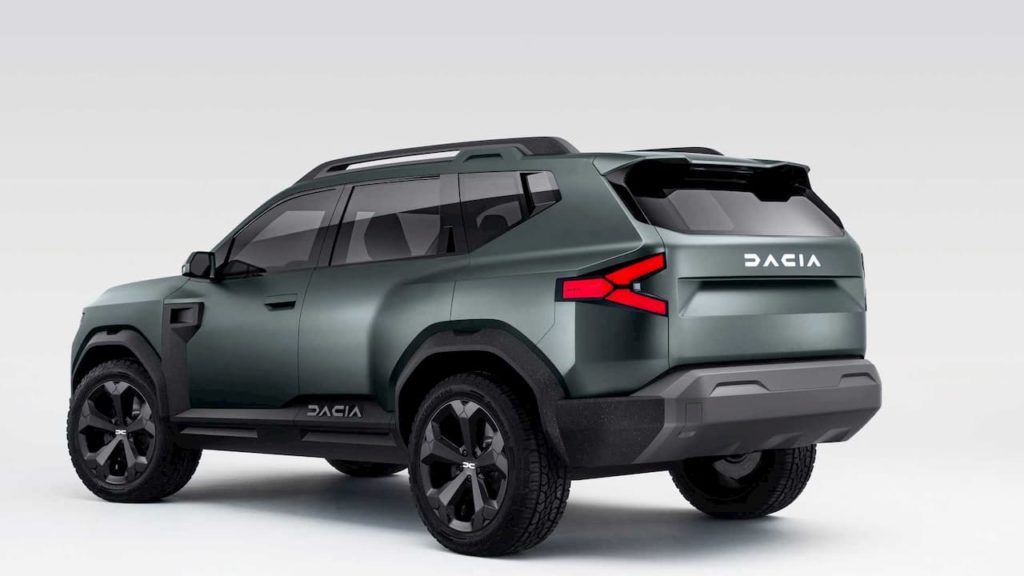
Le Vot says that the Dacia Bigster won’t have excess tech “nobody really uses,” so the price will be “much, much less” compared to competitors. He expects the average family SUV price to be EUR 40,000 by the time Dacia launches the Bigster. When Euro 7 norms come into effect, they will be pricier. Plus, adding hybrid or plug-in hybrid technology makes them heavier and costlier.
Pricing is where Dacia will try to differentiate the Bigster from rivals, keeping the recipe light, basic, and affordable, Le Vot said. However, Dacia customers are increasingly going for higher trims, so the company could try to make the top-end trim more attractive as compared to the current levels.
At the top of the range, decked out with a hybrid engine with at least 140 hp output, the Bigster could reach EUR 30,000-35,000. The Bigster would help Dacia significantly boost sales in the UK. The base Dacia Bigster could cost around GBP 20,000 (EUR 25,509) in Britain, as per a report from Auto Express.
Duster customers can upgrade to the Bigster
According to Le Vot, Dacia customers are typically new to the brand and remain loyal to the Renault Group. 60% of customers haven’t owned a Dacia or a Renault before, he said. Dacia owners typically keep their vehicles for eight years, and in 75% of cases, they buy another model of a Renault Group brand. Hence, Duster Gen II customers, who have a bigger family, can consider the Bigster Hybrid a worthy upgrade.
Production
Dacia has confirmed that it will manufacture the Bigster at its Mioveni factory in Romania from 2025. Commenting on the Romanian production announcement of the upcoming flagship model, Bordeanu said:
Dacia has entered a new phase of its evolution and is preparing to approach the C-segment, relying on the same strengths that have contributed to the current success of the brand: the concern to meet the expectations of customers, offering them what is essential, at the best service /price ratio.
Mihai Bordeanu, General Manager, Dacia (March 17, 2023)
Bigster confirmed for Australia
Australia will get the Bigster, probably with the Renault badge. Glen Sealey has said that other right-hand drive markets outside Europe get Dacia products as Renault models and Ateco “would follow the same path,” as per a Wheels report dated October 28, 2022. Ateco is Renault’s Australian importer, and Sealey is the general manager at the company.
Dacia Bigster Electric version about 10 years away
The Bigster will go all-electric after the Sandero and Duster, “sometime in 2032-2033,” Le Vot said during a discussion with four Romanian journalists, as per a report AutoExpert published on October 16, 2022. The timeline indicated that the Bigster will get a pure-electric powertrain in its second generation. Even then, the Bigster should be available with an internal combustion engine option, as many markets outside Europe may continue to allow the sale of thermal vehicles.
TopElectricSUV says
The Bigster would be a tempting upgrade for second-gen Duster customers who want a bigger, more family-friendly SUV but find the upcoming VW Tayron or existing options like the Kia Sportage and Nissan X-Trail expensive. The no-frills model is sticking to the basics in a bid to offer excellent value for money. The vehicle has the potential to be one of Europe’s best-selling SUVs, and it could be among Europe’s cheapest hybrid and plug-in hybrid models by the middle of the decade.
Dacia Bigster FAQs
What is the Dacia Bigster release date?
The Dacia Bigster hybrid, riding on the CMF-B platform, should be available at dealers in the first half of 2025.
Which SUVs would rival the Dacia Bigster hybrid?
The bargain-price Bigster would target C-segment SUVs including the Toyota RAV4, Nissan Qashqai & VW Tayron.
What is the expected Dacia Bigster price?
Dacia says the Bigster’s price will be similar to a lower-segment model. Expect the decently spec’d Hybrid variant at well under EUR 30,000.
Featured image: Renault
